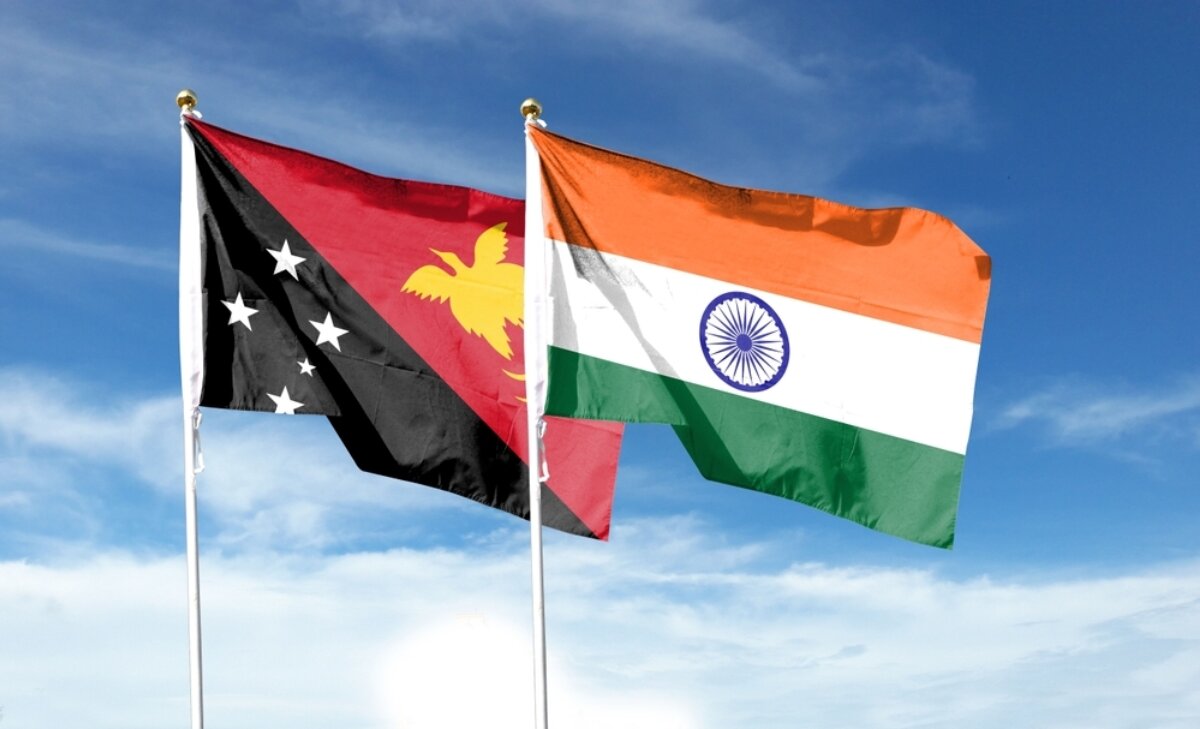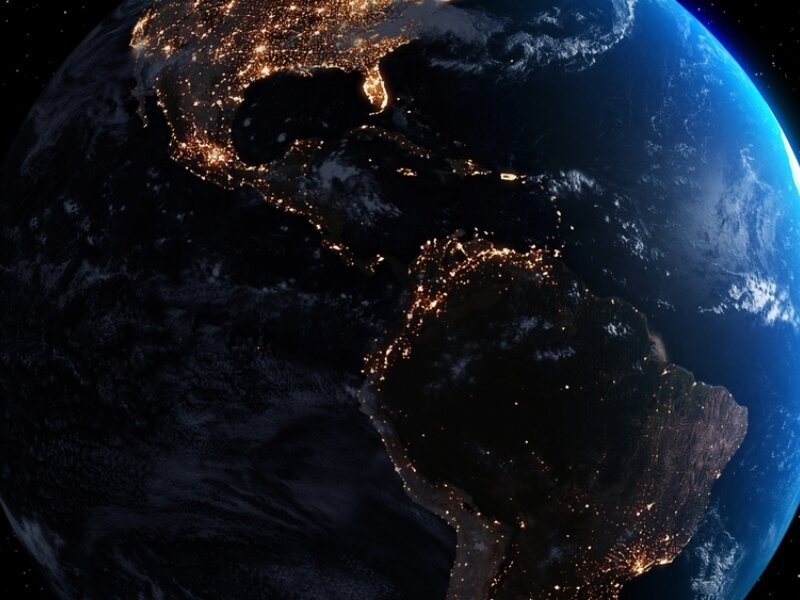Modi in Papua Nuova Guinea
Per la prima volta nella storia il Primo Ministro dell’India si reca in visita in Papua Nuova Guinea. Il punto di Guido Bolaffi

Capita, talvolta, che significativi eventi di politica internazionale ricevano scarsa attenzione, forse perché giudicati di secondaria importanza. Come nel caso di quello che domenica sera 21 maggio ha visto il Primo Ministro indiano lasciare la scaletta dell’aereo sulla pista di Port Moresby per mettere piede, per la prima volta nella storia, sul territorio della Nuova Guinea.
“Modi”, riferiva il 23 maggio un breve comunicato di Press Trust of India, “is the first Indian PM to visit the country. Papua New Guinea generally doesn’t give a ceremonial welcome to any leader coming after sunset, but an exception was made for Modi”.
Un evento politicamente importate non solo per la sua significativa novità. Visto che da quelle parti un anno prima, per l’esattezza il 20 aprile 2022, “China signed its first-ever security agreement in the South Pacific, with the Solomon Islands authorizing Chinese navy ships to make routine port visit [...] and Chinese security services to train the island nation’s law enforcement”.
Eppure, notava Michael Kugelman nel pezzo Modi Visits Papua New Guinea as Biden Skips pubblicato su Foreign Policy del 24 maggio, “Modi’s trip to Papua New Guinea received less attention: [...] There, Modi cohosted a summit with Pacific Island nations [...] He engaged with leaders from Papua New Guinea and 13 other Pacific Island nations, each acutely vulnerable to climate change and could benefit from Indian investments in clean energy. […] Papua New Guinea Prime Minister James Marape endorsed India’s influence: on Monday he described Modi as the leader of the global south and called on him to fight for causes of Papua New Guinea and others island states”.
A beneficio dei lettori conviene forse ricordare, riprendendo quanto scriveva Shubhajit Roy su Indian Express del 26 maggio, che le Pacific Island Countries (PICs) “Is a cluster of 14 island nations dotting the Southwestern Pacific: the Cook Islands, Fiji, Kiribati, The Marshall Islands, Micronesia, Nauru, Niue, Samoa, the Solomon Islands, Palau, Papua New Guinea, Tonga, Tuvalu and Vanuatu. All these islands are located at crossroads of strategically important maritime trade corridors. Until recently, the South Pacific was considered to be under US influence, managed under the Australia, New Zealand, US (ANZUS) trilateral military alliance. But with China’s growing influence in the region, and the increasing focus on the Indo-Pacific, New Delhi’s engagement strategy in the region has evolved. India’s interaction with the PICs has traditionally focused on its engagement with Fiji and Papua New Guinea (PNG), mainly due to the presence of a large diaspora - about 37% of Fiji’s 849.000 population is of Indian origin, and about 3.000 Indians live in PNG”.
Ma se è vero che tra il governo di Delhi e quello di Washington c’è piena sintonia sull’obiettivo di bloccare l’espansionismo di Pechino nell’Indo-Pacifico, non si può dire lo stesso per quanto riguarda le strategie da adottare. Tanto è vero che solo 24 ore prima che Modi desse il via alla terza edizione del Forum for India-Pacific Islands Cooperation (FIPIC) “addressing climate change and goals of sustainable development”, il Segretario di Stato americano Antony Blinken visitando Papua Nuova Guinea “signed a security agreement prompting protests from island residents who oppose militarisation of the Pacific”.
Un accordo, commentava Derek Grossman su Foreign Policy di inizio giugno, “Although the details are yet to be made public, the first appears similar to the US-Philippines Enhanced Defence Cooperation Agreement, allowing the U.S. military to deploy assets to select Papua New Guinean military bases in the event of an emergency. Both sides have played down the significance such a deal might have on competition against China, citing the need to cooperate on humanitarian assistance and disaster relief operations, but the geostrategic context of U.S. cooperation with Papua New Guinea cannot easily be ignored”.
Tanto è vero che nell’articolo Modi in Papua New Guinea: leader of the global south or Quad partner? - pubblicato poche ore dopo la conclusione dell’India-Pacific Islands Cooperation Forum di Port Moresby - Joanne Wallis e Premesha Saha dell’Australian Strategic Policy Institute scrivevano: “Modi’s pledge to Pacific leaders during the PNG summit will be welcomed, particularly on shared priorities such climate change and sustainable development. But his visit highlighted differences between India and its Quad partners in the Pacific islands region that in many ways represent a microcosm of broader challenges to their cooperation”.



